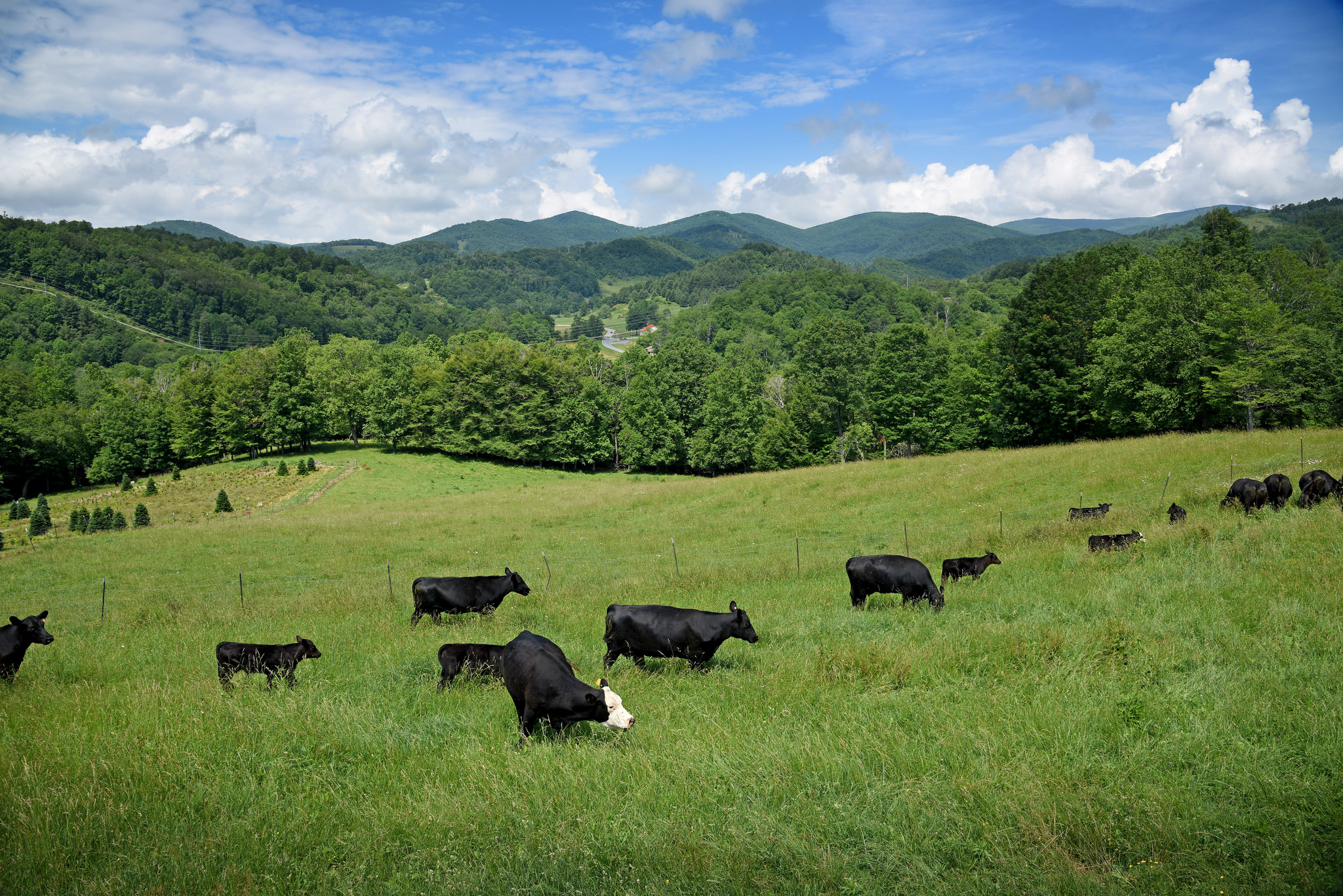Weaning Time
go.ncsu.edu/readext?743773
en Español / em Português
El inglés es el idioma de control de esta página. En la medida en que haya algún conflicto entre la traducción al inglés y la traducción, el inglés prevalece.
Al hacer clic en el enlace de traducción se activa un servicio de traducción gratuito para convertir la página al español. Al igual que con cualquier traducción por Internet, la conversión no es sensible al contexto y puede que no traduzca el texto en su significado original. NC State Extension no garantiza la exactitud del texto traducido. Por favor, tenga en cuenta que algunas aplicaciones y/o servicios pueden no funcionar como se espera cuando se traducen.
Português
Inglês é o idioma de controle desta página. Na medida que haja algum conflito entre o texto original em Inglês e a tradução, o Inglês prevalece.
Ao clicar no link de tradução, um serviço gratuito de tradução será ativado para converter a página para o Português. Como em qualquer tradução pela internet, a conversão não é sensivel ao contexto e pode não ocorrer a tradução para o significado orginal. O serviço de Extensão da Carolina do Norte (NC State Extension) não garante a exatidão do texto traduzido. Por favor, observe que algumas funções ou serviços podem não funcionar como esperado após a tradução.
English
English is the controlling language of this page. To the extent there is any conflict between the English text and the translation, English controls.
Clicking on the translation link activates a free translation service to convert the page to Spanish. As with any Internet translation, the conversion is not context-sensitive and may not translate the text to its original meaning. NC State Extension does not guarantee the accuracy of the translated text. Please note that some applications and/or services may not function as expected when translated.
Collapse ▲ Weaning Calves
Weaning Calves
As cow/calf farmers, one of the most stressful times is weaning. Weaning is not only stressful for the farmer, but also for the cow and calf. Preparing your farm and the cow and calf can help reduce stress. As we discuss weaning, keep in mind that it can be profitable but more importantly it ensures the next farmer of these calves will be successful too. You want them to be successful and to continue to purchase your cattle because of the quality of genetics and healthiness of the calves.
Why wean your calves?
To ensure that your calves are not stressed and are not being delivered to a new buyer with low immunity. Although you no longer own the calf, you want to make sure you sell a healthy calf that will continue to be healthy and will be a quality you would want your family to consume.
The calf is now consuming a mostly pasture diet and can move on from the cow. This allows the cow a rest period before she gives birth. This is important to ensure delivery of a healthy calf that will continue to gain and be healthy.
What you want to wean?
You should wean a 6-8 month old steer or heifer calf weighing 500-600 pounds. You want to castrate bull calves early. It is less stressful on the calf and the farmer. The calf recovers quickly and continues to gain weight. They are still with the cow and the herd which makes it less stressful. The cow should wean a calf that is half her size. If you have a 1450 pound cow that are that would be a 725 pound calf, 125 pounds more than the high average for this area. If your cattle are weaning half their size that is a great accomplishment.
The calves need to be vaccinated, dewormed, and implanted with Ralgro or Synovex 2-4 weeks prior to weaning. This ensures the vaccines are effective before their immunity begins to decrease from the stress of weaning.
When you want to wean?
The paragraph before discussed when to wean, but there are other unexpected reasons to wean such as drought, flooding, lack of forages, or the cow may be in a poor body condition. If these issues affect your farm, you may need to go ahead and wean your calves and put them on a pasture you can feed hay and supplemental feed until they are ready to go to the next farmer.
How you wean?
Start several weeks ahead of time and make sure the calves are vaccinated and dewormed. Continue to call your cattle into your weaning area to get them used to feeding in there. This will make the day a lot less stressful. Always make sure the fences are kept up to prevent cows and calves from getting back together. Keep enough hay or make sure there is enough grass in the pasture to feed and supplement with grain and minerals. Check for fresh, clean water and vaccinate with a booster 2-4 weeks afterwards. Always make sure you are quiet, patient and have the cattle familiar with you.
How the economics add up for you?
| Value Added Practice | Price Impact ($/cwt) | $/head (525 lb Calf) | Per 30 Cows |
| Polled/Dehorned | $3.15-$5.25 | $16.54-$27.56 | $496-$827 |
| Castration | $5.00-$10.00 | $26.25-$52.50 | $788-$1,575 |
| Lot size of 10 head | $5.18-$7.00 | $27.20-$36.75 | $816-$1,103 |
| Vaccination | $1.44-$6.69 | $7.56-$35.65 | $227-$1,070 |
| Weaned 45 days | $1.67-$5.23 | $8.77-$27.46 | $263-$824 |
| Implants | $27 | $810 | |
| Bull Selection | $42 | $220.50 | $6,435 |



